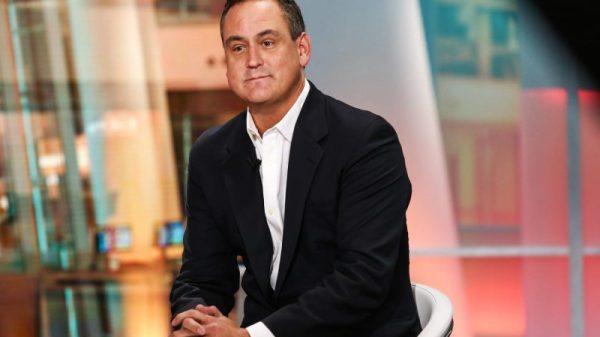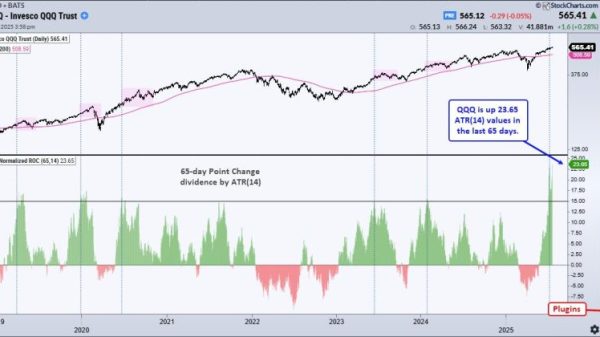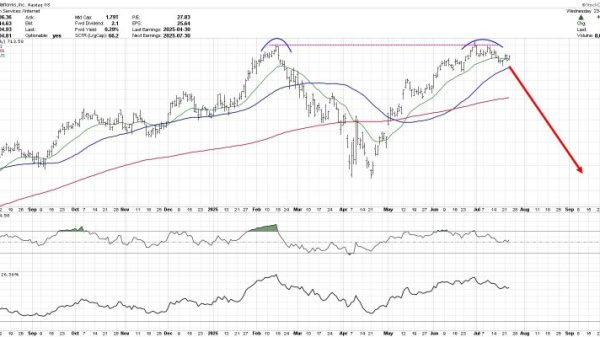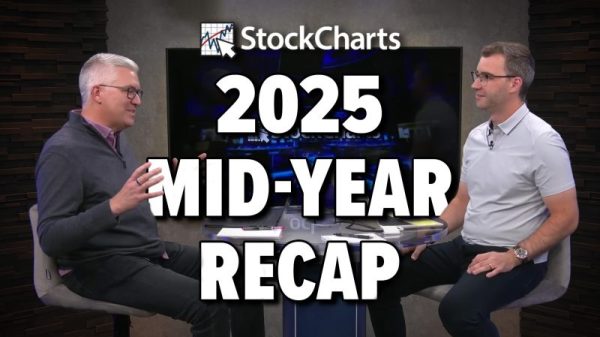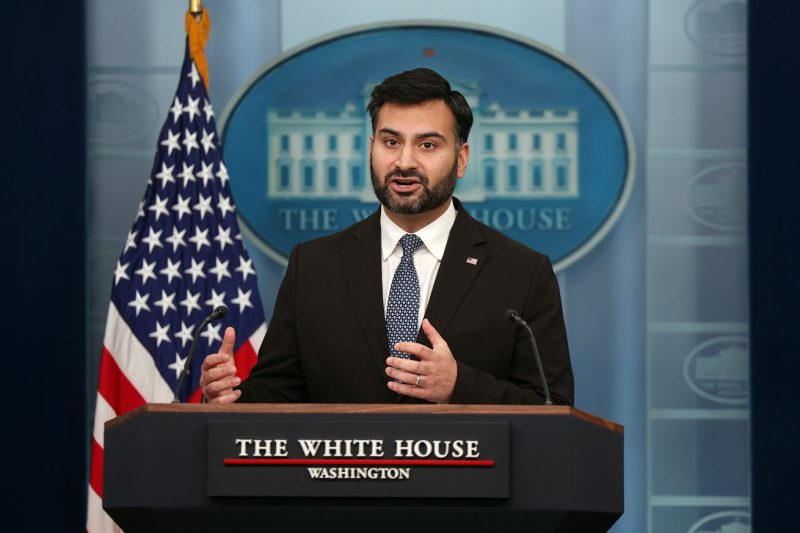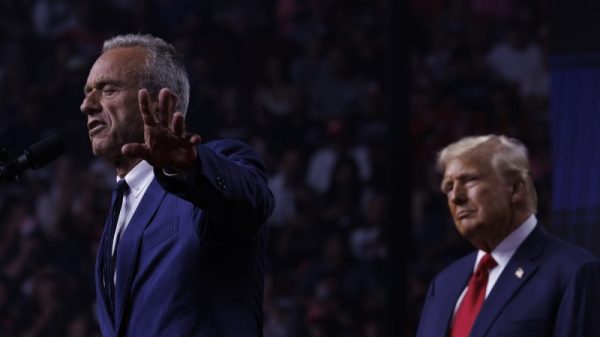The Biden administration set ambitious new goals to slash US greenhouse gas emissions under the Paris climate accord, urging states and local governments to stay on course regardless of President-elect Donald Trump’s plans to purposefully ignore climate change.
The nearly 200 countries that have joined the Paris agreement face a deadline in February to update their national climate plans. Biden’s team decided to put out its own plan before Trump steps into office, setting a new target today of cutting net emissions by 61–66 percent in 2035 compared to a 2005 baseline. It also sets a specific target of cutting methane emissions by at least 35 percent by the same date. Methane comes from livestock, landfills, and leaking oil and gas infrastructure and is an even more potent greenhouse gas than carbon dioxide.
Trump has called climate change a “hoax” and has vowed to pull the US out of the Paris agreement. So Biden’s last-ditch effort to keep the US on track to meet global climate goals is more symbolic — seemingly designed to encourage a grassroots movement in defiance of Trump’s national agenda.
“Across the country, we see decarbonization efforts to reduce our emissions in many ways achieving escape velocity, an inexorable path, a place from which we will not turn back,” White House national climate adviser Ali Zaidi said in a call with reporters.
It helps that new solar and onshore wind farms have become cheaper sources of electricity than coal or gas. Around 95 percent of new sources of electricity queued up to connect to US power grids is carbon-free — mostly solar and wind energy and batteries. The Inflation Reduction Act and Bipartisan Infrastructure Law have also authorized hundreds of billions of dollars of funding for clean energy. Current policies put the US on track to reduce its greenhouse gas emissions by around 40 percent by the end of the decade compared to 2005.
That’s a big drop in pollution, but still shy of the initial goal Biden set upon stepping into office. Shortly after Biden’s inauguration in 2021, the US rejoined the Paris agreement (which Trump had previously pulled the US out of) and set a target of reducing emissions by 50 to 52 percent by 2030. That’s in line with the pollution cuts needed globally to meet the most ambitious target in the Paris agreement, keeping global average temperatures from rising 1.5 degrees Celsius above what they were before the Industrial Revolution.
Keeping that global goal alive is increasingly dubious, especially since the US is the second-biggest climate polluter after China. The planet is about 1.2 degrees warmer today than it was before humans started pumping out massive amounts of greenhouse gas emissions by burning fossil fuels. All that pollution has already triggered more intense storms, wildfires, droughts, and other climate disasters. And things could get worse with Trump’s plans to dismantle environmental policies, encourage the development of more energy-hungry crypto mines and AI data centers, and increase oil and gas drilling.
Even so, Trump didn’t completely kill US climate action during his first stint as president. State and cities crafted their own climate plans and local leaders created a coalition called We Are Still In after Trump moved to take the US out of the Paris agreement. Thanks in large part to their work, the US still surpassed the Obama administration’s climate goal of cutting emissions 17 percent by 2020. Biden raised the bar with his climate goals, so there’s far more work to do to keep up the pace this time around. A University of Maryland analysis from September found that local action can reduce US greenhouse gas pollution by 48–60 percent by 2035 even without federal support.












